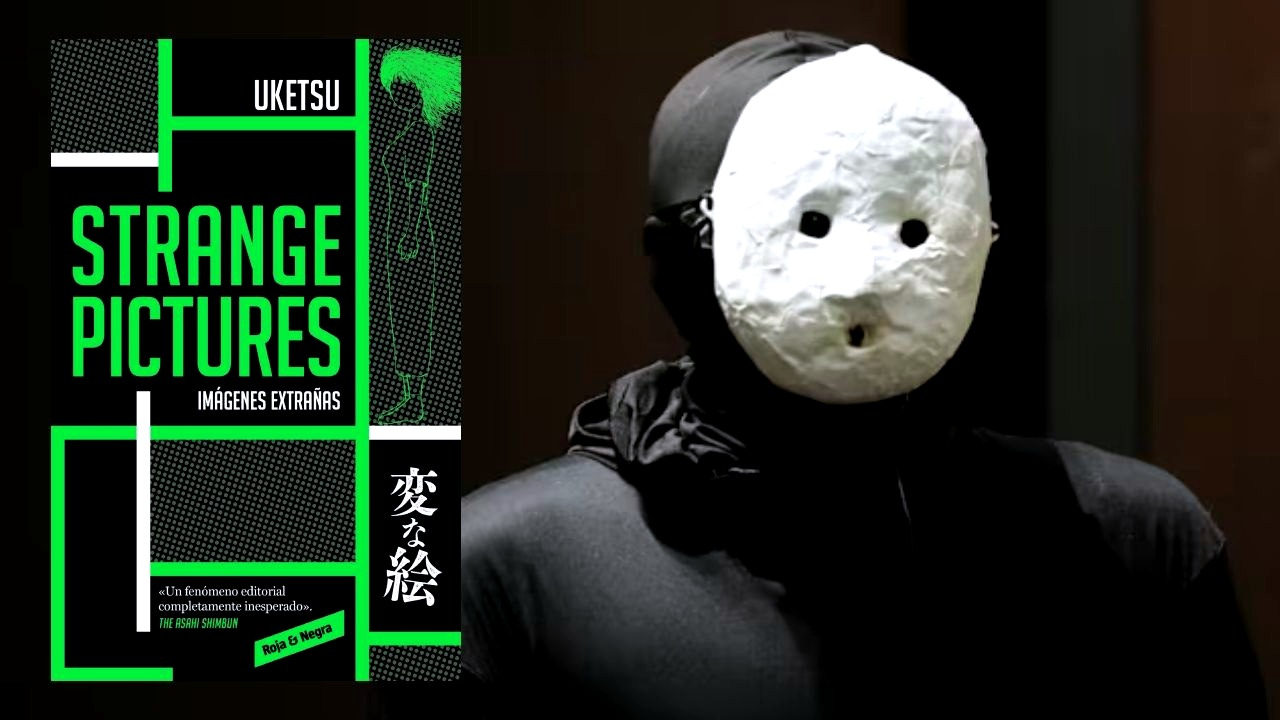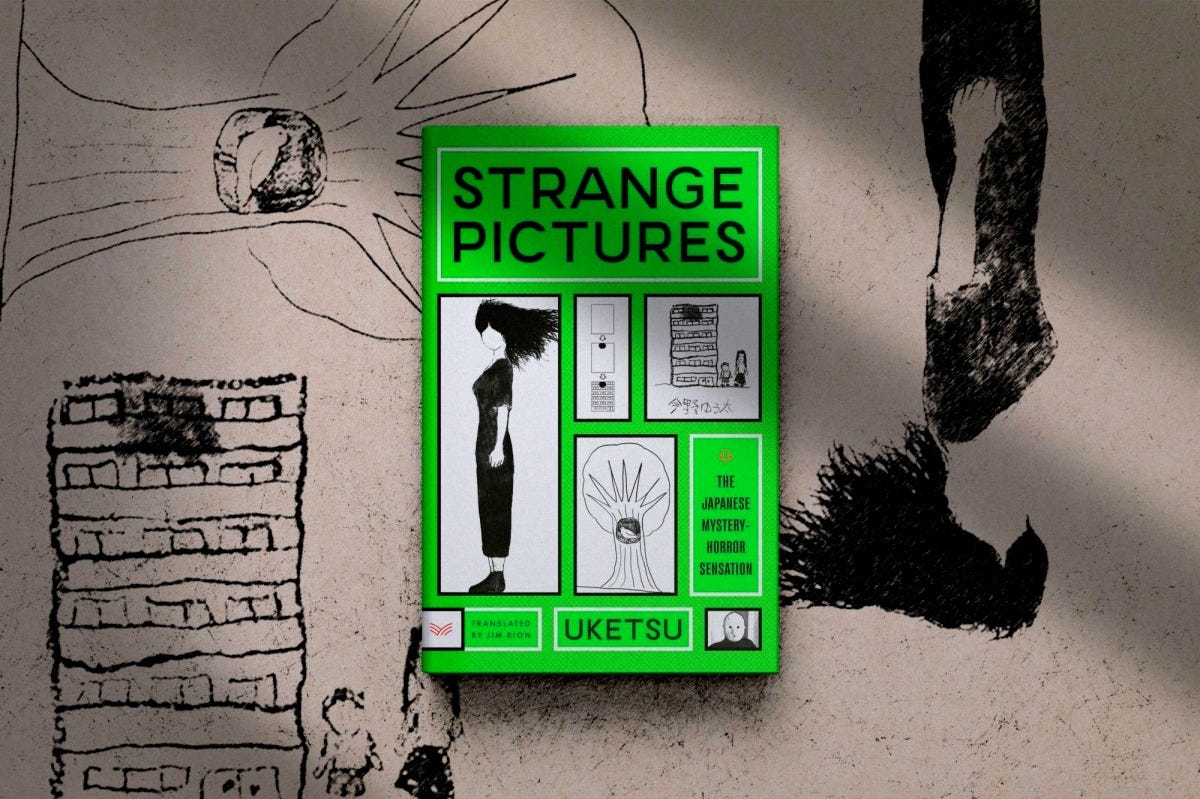There’s a unique kind of horror that doesn’t rely on blood, jump scares, or monstrous creatures. Instead, it creeps in like fog, quiet, lingering, and deeply psychological. Strange Pictures by Uketsu is that kind of horror. A standalone manga composed of eerie, disconnected vignettes, it reads like a cursed archive of images that were never meant to be found, let alone studied.
Each story centers around one thing: a disturbing visual—a drawing, a photo, a sketch that defies explanation. And with each turn of the page, Uketsu pulls us deeper into the ink drenched unknown, asking the question: what if some pictures don’t just capture a moment… but something far worse?
What makes Strange Pictures so unsettling isn’t just what’s drawn, it’s the feeling that what’s drawn is aware. These aren’t just haunted images; they’re invitations. Sometimes they change. Sometimes they stare. Sometimes they show you things that couldn’t possibly exist. The moment a character looks too long, the descent begins. Their perception unravels, their sanity cracks, and something else something outside the frame begins to crawl in.
Uketsu doesn’t give us tidy explanations or origin stories for the horrors on the page. And that’s exactly why it works. The ambiguity is the terror. There’s a quiet analog horror vibe baked into this manga. Think: The Ring meets Junji Ito, but with less dialogue and more dread. The art style is scratchy and raw, filled with unnatural angles, shadowy gaps, and a deliberate discomfort. There are no flashy jump scares here. Instead, the horror builds slowly through subtle changes in faces, shadows that don’t match their sources, or eyes that seem to follow long after you’ve flipped the page.
Reading Strange Pictures feels like finding an unlabeled VHS tape in your attic, pressing play, and realizing halfway through that something’s off but you can’t stop watching. While the stories are technically separate, they share a tonal thread: the terror of witnessing something you shouldn’t. One tale follows a mysterious sketch that grows more detailed with each viewing. Another reveals a child’s artwork slowly corrupted by something outside this world. There’s no clear villain, just a pervasive, creeping rot that infects memory, perception, and reality itself.
This is horror not as spectacle, but as suggestion. Uketsu knows that the mind will do the heavy lifting and what we imagine is often far worse than what we see. Strange Pictures is a quiet masterpiece of horror storytelling. It’s minimalist and cryptic, but that’s what makes it so powerful. There’s no clear conclusion, no answers offered. Just the growing realization that these images are going to stay with you. Maybe not today. Maybe not even tomorrow. But sometime, in the stillness of your room, you’ll remember one. And you’ll wonder if it’s remembering you too.
If you’re a fan of horror that lingers, cursed objects, analog decay, and the subtle collapse of sanity, this book belongs on your shelf. Just don’t stare too long. You might start to see it blink.





